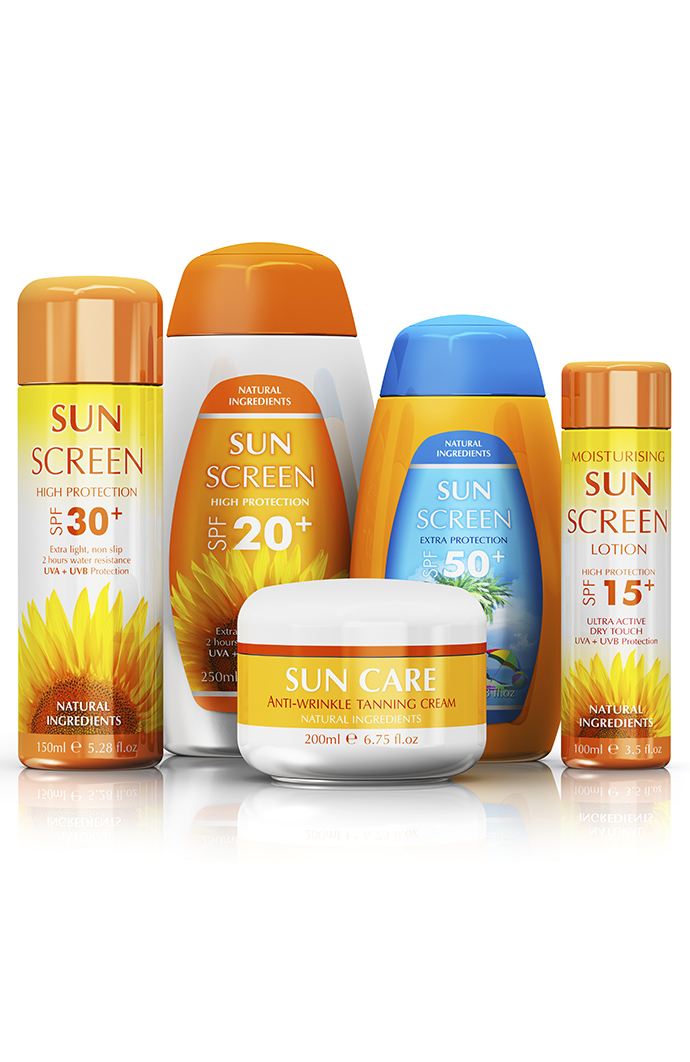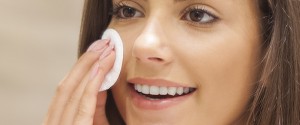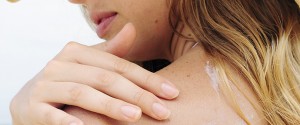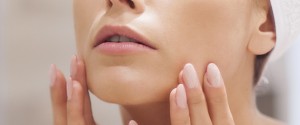Protect Your Skin
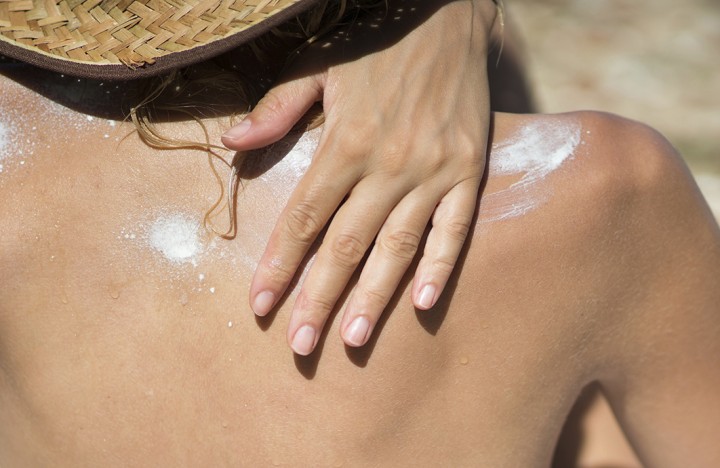
The arrival of warm weather and the sun causes many people to spend much more time outdoors. Unfortunately, this also increases the risk that you may significantly damage your skin through exposure to UV rays. Skin cancer is one of the most common cancers in the United States, and almost call cases of melanoma—the most dangerous form of skin cancer—are caused by exposure to UV rays. Thus, protecting your skin is essential to significantly reducing the risk of melanoma and other forms of skin cancer.
Who is it good for?
Skin protection is essential for absolutely everyone. There are two types of UV radiation: UVA and UVB rays.
UVA radiation deeply penetrates the skin and can cause wrinkling and premature aging, while UVB is what causes sunburn. UVB rays play a role in the development of skin cancer. Most skin damage is caused by unprotected and excessive exposure to the sun. Luckily, there are simple instructions that absolutely everyone can follow to help prevent this from occurring. Always wear sunscreen, even if it is cloudy outside. Make sure the sunscreen you use has an SPF of at least 30, and apply a generous amount at least fifteen minutes before going outside. Make sure to reapply the sunscreen every two hours to ensure you remain protected. The only people who shouldn’t wear sunscreen are babies younger than six months. Sunscreen may contain harmful chemicals that can actually damage their skin. For babies, make sure they are completed covered when they go outside and keep them in the shade. Suffering from sunburn as a child significantly increases the risk of developing skin cancer as an adult. Always pay attention to the UV index in the weather report. This indicates how much damage your skin will receive when it is exposed to the sun. If the UV index is high, you may want to seriously consider staying indoors. It is also extremely important to examine your skin regularly. Early detection will help reduce the risk of suffering skin damage or other serious problems. Check your body for moles, and keep track if they change shape or size. While most moles are not cancerous, you may want to have them checked out by a dermatologist, especially if you notice that they are changing. Follow the ABCDE rule by checking for Asymmetry, Border, Color, Diameter, and Evolving moles. If you notice any of these changes occurring, get checked out by a doctor immediately.
Compare
There are many different types of sunscreen, which can make it overwhelming and difficult to choose the one that is right for you. There are sunscreens specially designed for children and different skin types. For children, for example, you want to use a sunscreen that contains titanium dioxide and zinc oxide, because they are better suited for people with sensitive skin such as children. For people with acne or allergies, it is important to avoid products that have fragrances or preservatives. People with dry skin may want to select a moisturizing sunscreen to help rejuvenate their skin

